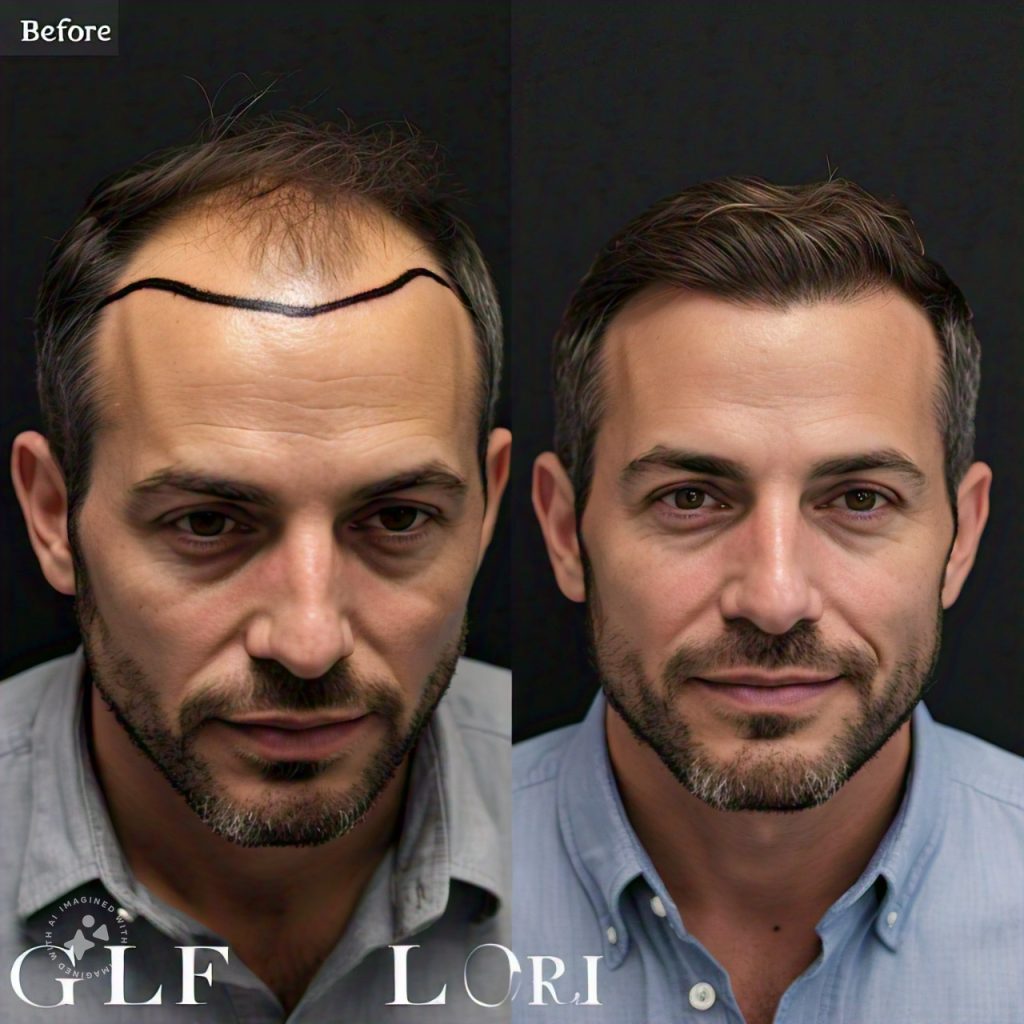Undergoing a hair transplant is an exciting step towards restoring your hair and boosting your confidence. However, the recovery process is crucial to ensuring the success of the procedure. To achieve the best results, it’s essential to follow certain steps and take proper care during the healing period. In this article, we will guide you through some tips for a smooth and quick hair transplant recovery. You can also discuss with us on our Hair Transplant clinic

1. Follow Post-Operative Instructions Carefully
One of the most important aspects of hair transplant recovery is adhering to the post-operative instructions provided by your surgeon. These guidelines are tailored to your specific procedure and will help you avoid complications. Your doctor will give you instructions on how to care for the transplant area, medications to take, and what activities to avoid during the recovery period. Follow these recommendations closely to promote faster healing.
2. Rest and Take It Easy
In the days following the procedure, it is vital to rest and allow your body to heal. Avoid strenuous physical activities, including heavy lifting or exercising, for at least 7–10 days after the transplant. Physical exertion can increase swelling, cause bleeding, or disrupt the newly implanted hair follicles. A few days of rest will help minimize these risks and allow your scalp to heal properly.
3. Keep Your Scalp Clean
Keeping your scalp clean is essential for preventing infection and promoting healing. Gently wash your hair with a mild, non-scented shampoo as recommended by your surgeon. Avoid scrubbing or rubbing the transplant area too harshly. You can also use a sterile saline solution to clean the area in the first few days. Keeping your scalp free of dirt and bacteria helps reduce the risk of infection and supports the healing process.
4. Avoid Sun Exposure
Sun exposure can be damaging to your scalp after a hair transplant. Your scalp is more sensitive after the procedure, and excessive sun exposure can cause irritation, sunburn, or even damage to the transplanted hair follicles. If you need to go outside, wear a loose hat or use sunscreen to protect the area from UV rays. It’s best to avoid direct sun exposure for at least 2–3 weeks after the procedure.
5. Minimize Swelling and Discomfort
Swelling and discomfort are common after a hair transplant, but there are ways to manage them. Elevating your head while sleeping can help reduce swelling around the forehead and eyes. Applying cold compresses to the affected area in the first few days can also minimize swelling. If you experience significant discomfort or pain, your surgeon may prescribe pain relievers or recommend over-the-counter medications to help manage the symptoms.
6. Avoid Touching or Scratching the Scalp
In the early stages of recovery, resist the urge to touch, scratch, or pick at the transplant area. Touching the area can introduce bacteria, which can lead to infections, and scratching can damage the newly transplanted hair follicles. Be gentle with your scalp and try to avoid unnecessary manipulation to allow the grafts to heal properly.
7. Be Patient: Hair Growth Takes Time
It’s important to remember that hair transplant results don’t appear overnight. Initially, you may experience shedding of the transplanted hair as part of the normal cycle. This shedding phase is temporary and is followed by new hair growth in the coming months. Full results from a hair transplant typically take 9–12 months to become visible, so patience is key. Regular follow-up visits with your surgeon will help monitor your progress and address any concerns.
8. Eat a Healthy Diet
A well-balanced diet is vital for the healing process. Foods rich in vitamins and minerals, particularly those that promote hair health such as biotin, zinc, vitamin E, and iron, will support your recovery and the growth of healthy hair. Staying hydrated and avoiding excessive alcohol consumption or smoking can also help accelerate healing and ensure the transplanted hair thrives.
9. Avoid Smoking and Alcohol
Smoking and alcohol can interfere with the healing process. Smoking reduces blood flow to the scalp, which can negatively impact the hair follicles and slow down recovery. Alcohol, on the other hand, can increase the risk of swelling, bleeding, and infection. It’s advisable to avoid smoking and limit alcohol consumption for at least a few weeks after the procedure to optimize healing.
10. Consult Your Doctor for Any Concerns
If you experience unusual symptoms such as severe pain, bleeding, or signs of infection like redness or pus, it’s important to contact your doctor immediately. Regular follow-ups with your surgeon are also essential for monitoring progress and addressing any concerns. If you have any questions or uncertainties during your recovery, don’t hesitate to reach out to your doctor for guidance.
Final Thoughts
Hair transplant recovery is a gradual process, but with the right care, you can ensure a smooth and quick healing period. By following your doctor’s instructions, being patient, and taking the necessary steps to protect your scalp, you will set yourself up for the best possible outcome. Remember, hair restoration is a journey, and with proper aftercare, your new hair will flourish in no time.
We are located in Brighton and Hove, proudly serves the nearby areas. Capital Hair Restoration – Hair Transplant is a leading provider of surgical and non-surgical hair loss solutions for men and women throughout Brighton, the UK, and Ireland. Browse our site ( Brighton Hair Transplant ) or call us ( 020 8088 2393 ) for a chat.

